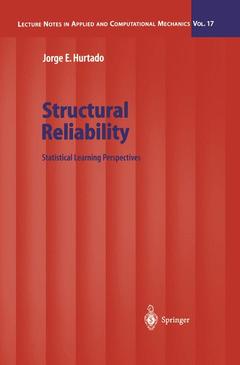The last decades have witnessed the development of methods for solving struc tural reliability problems, which emerged from the efforts of numerous re searchers all over the world. For the specific and most common problem of determining the probability of failure of a structural system in which the limit state function g( x) = 0 is only implicitly known, the proposed methods can be grouped into two main categories: ? Methods based on the Taylor expansion of the performance function g(x) about the most likely failure point (the design point), which is determined in the solution process. These methods are known as FORM and SORM (First- and Second Order Reliability Methods, respectively). ? Monte Carlo methods, which require repeated calls of the numerical (nor mally finite element) solver of the structural model using a random real ization of the basic variable set x each time. In the first category of methods only SORM can be considered of a wide applicability. However, it requires the knowledge of the first and second deriva tives of the performance function, whose calculation in several dimensions either implies a high computational effort when faced with finite difference techniques or special programs when using perturbation techniques, which nevertheless require the use of large matrices in their computations. In or der to simplify this task, use has been proposed of techniques that can be regarded as variants of the Response Surface Method.

